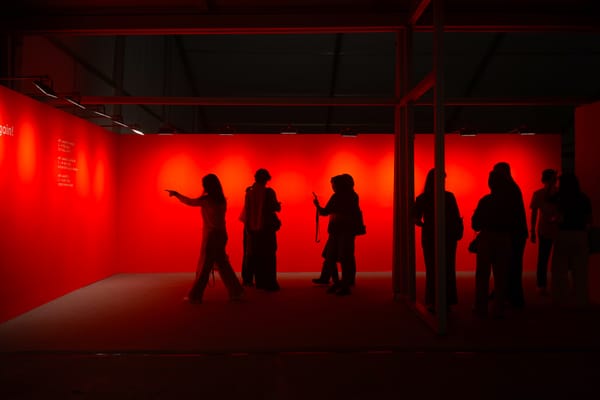Market
Complementary Arrangements: Frieze Seoul x KIAF 2024

Not rivals but not quite friendly collaborators either, the American-owned Frieze art fair and the Korean International Art Fair (KIAF) have learned to cohabitate during the first week of September at the Coex Convention and Exhibition Center in Seoul. For the third year of the fairs’ five-year partnership, Frieze Seoul (Sep 4–7) took the upstairs halls at Coex, with over 110 galleries from more than 30 countries, while KIAF (Sep 4–8) occupied the lower level with 206 galleries from 21 countries and territories. The arrangement appeared to prove mutually beneficial for both entities as they dominated the media attention-scape of Korea’s megacity, with its vast family-owned conglomerates (chaebols) ruthlessly competing for branding opportunities at every turn; the proximate glamor of K-celebrities; and the city’s K-cosmetics beautified influencers and socialites, who turned out for exclusive events to flash Hermès bags and Patek Philippe watches.
While Seoul’s annual week in the international spotlight was this year signal-boosted by the opening of the 15th Gwangju Biennale in the southwest and the Busan Biennale in the southeast—both of which bring more artists, curators, and media to Seoul while en route to these regional cities—the mercantile core of the season consistently takes place at the strictly functional, charmless environs of Coex, located on the northern side of the traffic-clogged Gangnam district. But this didn’t dissuade throngs of largely Korean visitors, alongside hundreds of prominent art-world figures, from perusing the booths where galleries work hard to create visually captivating showcases for their artworks.
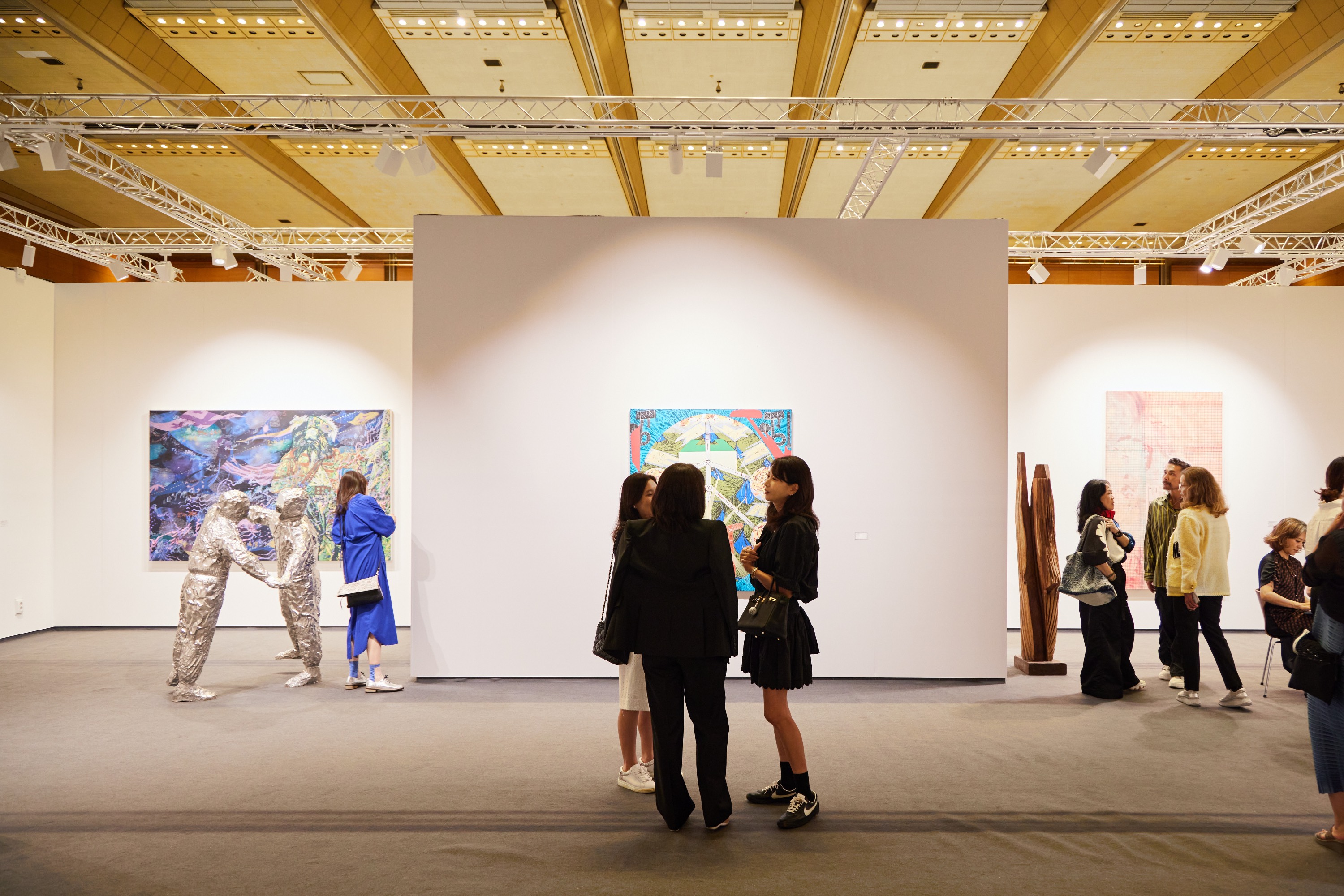
Like most large-scale art fairs today, Frieze Seoul 2024 had several components, from a curated program of live performances (Frieze Live), including Jesse Chun’s event with traditional dancers at Gallery Hyundai on September 4, to a Frieze Masters area of dealers selling mostly postwar Asian and European artworks, and a small Focus Asia sector of ten galleries hosting solo projects of emerging artists, this year co-curated by Joselina Cruz of the Museum of Contemporary Art and Design in Manila, and Hyejung Jang, chief curator at the nonprofit Doosan Art Center in Seoul. Within the latter sector, the local G Gallery showcased Hwang Sueyon’s sculptural works of sand piles encased in glass vitrines on wheels, while Barakat Contemporary (Seoul) screened Sojung Jun’s video Syncope (2023), about the nomadic and diasporic natures of music, and Blueprint 12 of New Delhi presented the Sri Lanka artist Kingsley Gunatillake, who makes battle scenes out of small figures from old book pages. Lu Yang’s presentation at Tokyo’s Parcel gallery of animated film of their alter-ego, DOKU The Flow (2024), won the Focus Asia Stand Prize.
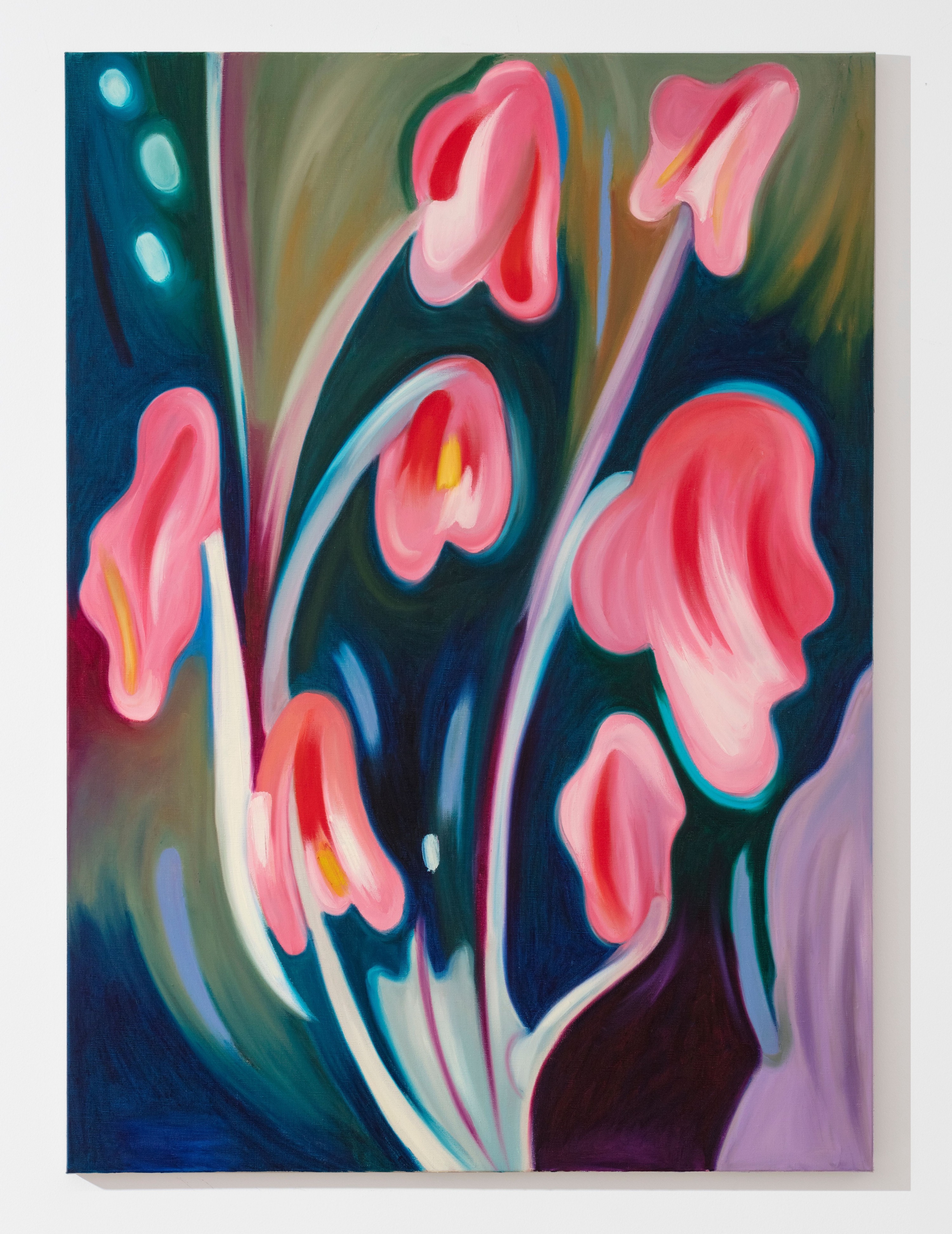
.jpg)
Among the main galleries sector, Galerie Quynh of Ho Chi Minh City won the best booth prize with a display of Tuan Andrew Nguyen’s mobile sculptures—modeled after Alexander Calder’s, but made from unexploded ordnance from the American war in Vietnam. Tina Kim Galley from New York put a large vertical painting by the late Kang Seok Ho depicting a purple-and-crimson floral skirt at the center of its booth. Seoul’s Whistle and Roh Projects of Jakarta teamed up on a presentation showcasing Manila-based artist Maria Taniguchi’s first-ever brick painting rendered not all in black but in wine-red hues. Seoul’s BB&M gallery was a newcomer to the fair, after opening a gallery space in the city, showing the latest series of works by Korean multimedia artist Minouk Lim based on sand drawings of Native Americans, an extension of her latest show at the gallery. San Francisco gallerist Jessica Silverman’s solo booth featured Istanbul-based painter (and Gwangju Biennale participant) Hayal Pozanti’s eight canvases of flowers, which sold out completely, the gallery reported, at prices between USD 40,000–65,000.
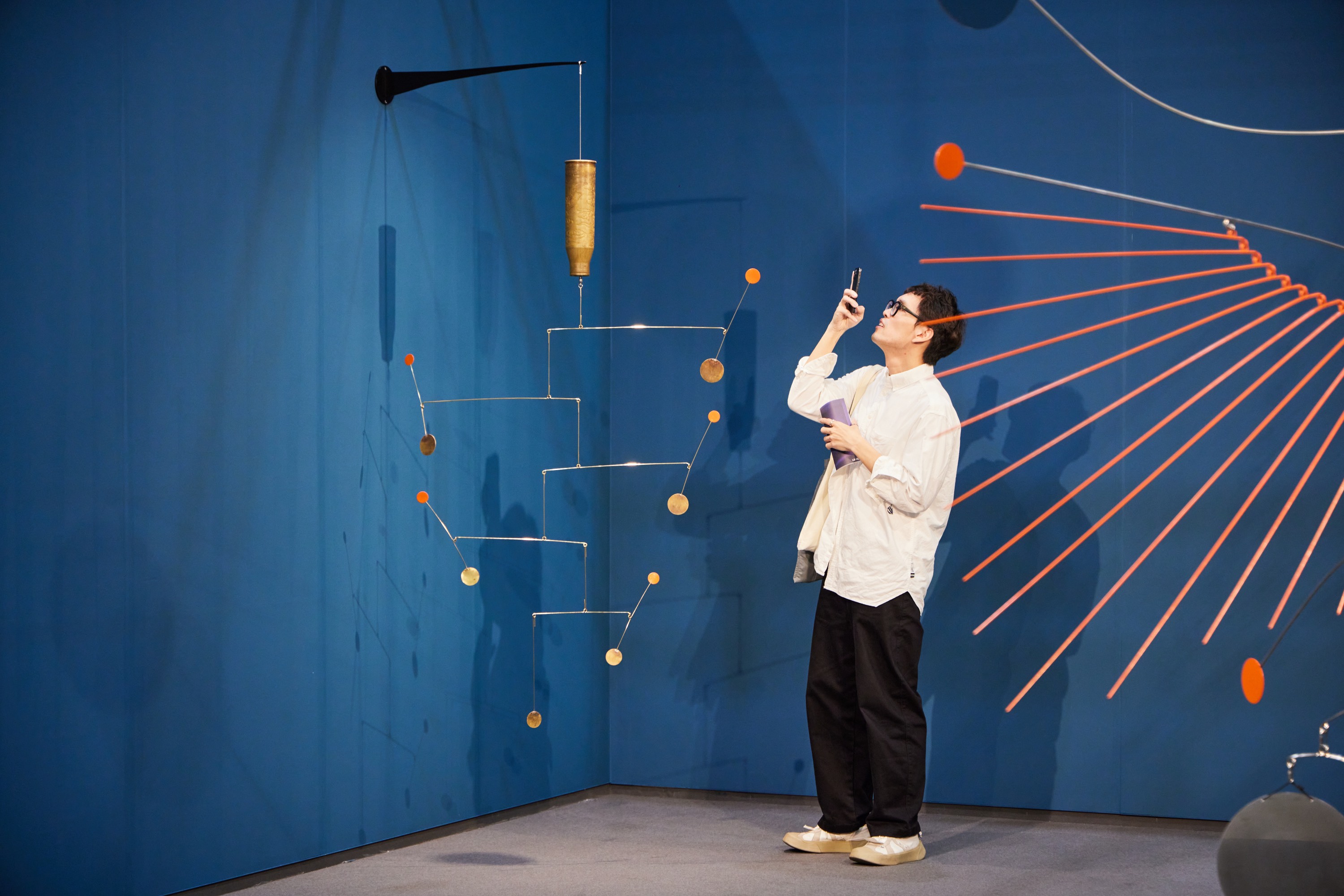
As for the bluechip outfits, Gladstone gallery reported selling several sculptures by Seoul-born Anicka Yi for USD 200,000, as she is concurrently the subject of a show at the private Leeum Museum of Art. Hauser & Wirth sold two works by Swiss painter Nicholas Party—the subject of a retrospective at the Leeum’s sibling museum, the Ho-Am Museum of Art in Yongi—including Portrait with Curtains (2021), for USD 2.5 million. Thaddeus Ropac boasted of selling a Georg Baselitz painting for EUR 1 million (USD 1.1 million). Lehmann Maupin sold several of the Venice Biennale-exhibiting veteran artist Kim Yun Shin’s colorful abstract paintings and carved, painted wood sculptures, as well as two Lee Bul Perdu works for between USD 190,000–210,000. Among its six-figure sales, Pace found a buyer for a painting by the Brooklyn-based Kylie Manning (the artist is showing at the private Space K museum) priced at USD 100,000. As in past years, aside from a few headline seven-figure sales, Frieze Seoul’s most active price range is the mid-five figures to lower six figures.
Out of the big Korean galleries, PKM sold a brightly hued abstraction of a mountain by artist Yoo Youngkuk, who is featured in a solo exhibition in Venice, for USD 1.5 million. Kukje reported selling numerous works in the five- to low-six-figure range. In its solo booth of Jeon Joonho’s conceptual sculptures about mortality and the passage of time, Gallery Hyundai reported sales in the range of USD 38,000 up to USD 230,000. From its wall of Lee Bae’s charcoal-on-paper works, Johyun Gallery sold ten for USD 56,000 each, and two of Park Seo-Bo’s acrylic-on-ceramic works for USD 120,000 apiece.

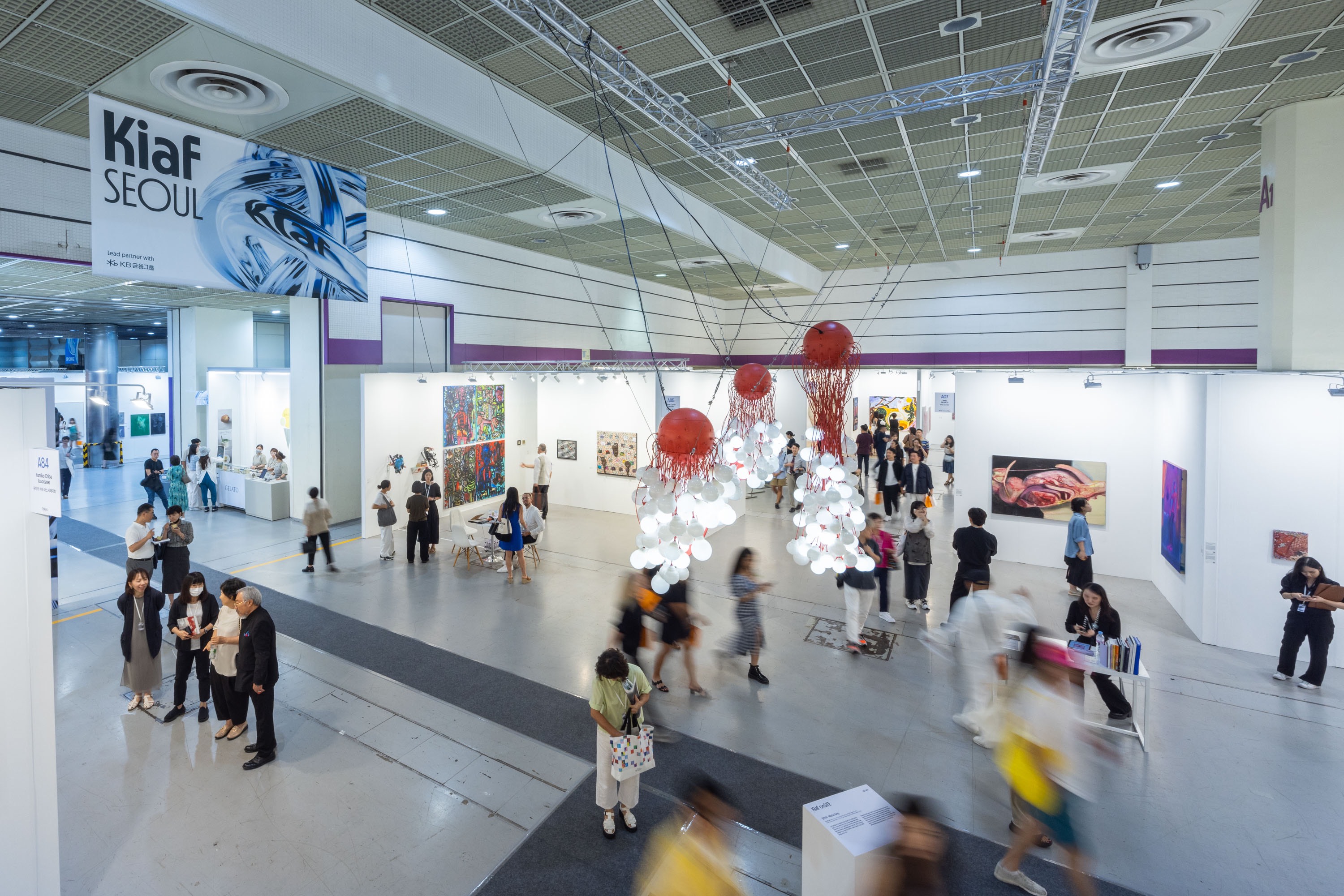
Downstairs at KIAF, the massive art fair run by the Galleries Association of Korea was oriented toward a much larger and more domestic audience (tickets are less expensive compared to Frieze Seoul). Many of the sizable Korean galleries participate in both fairs with the different audiences in mind. Kukje, for instance, presented an entire booth dedicated to Kim Yun Shin’s paintings and sculptures, while Gallery Hyundai opted for a group show that included Kang Seung Lee’s 24-karat gold thread embroideries. Alongside a new suite of Jinju Lee’s black paintings of faces and hands in its Frieze Seoul presentation, Arario Gallery showcased Gwon Osang’s sculptures of figures made from laminated photo prints at KIAF. Sundaram Tagore presented Chun Kwang Young’s popular painted abstractions made from folded mulberry paper.
In a slow year for the Korean economy and the art market internationally, expectations for the Seoul fairs were not high. But with decent sales and a few headline-grabbing successes, the third year of this post-pandemic partnership proved that the conjunction of Frieze Seoul and KIAF offers both fairs a bigger platform, allowing Korea to dominate the calendar of early September in Asia. More than 70,000 visitors from 46 countries attended Frieze Seoul, according to the fair. And with several mega-projects by Korean artists coming up in London—Mire Lee’s Hyundai Motor-sponsored commission at the Tate Modern and Haegue Yang’s retrospective at the Hayward Gallery—the domestic art scene will be very visible around the week of Frieze London (October 9–13).
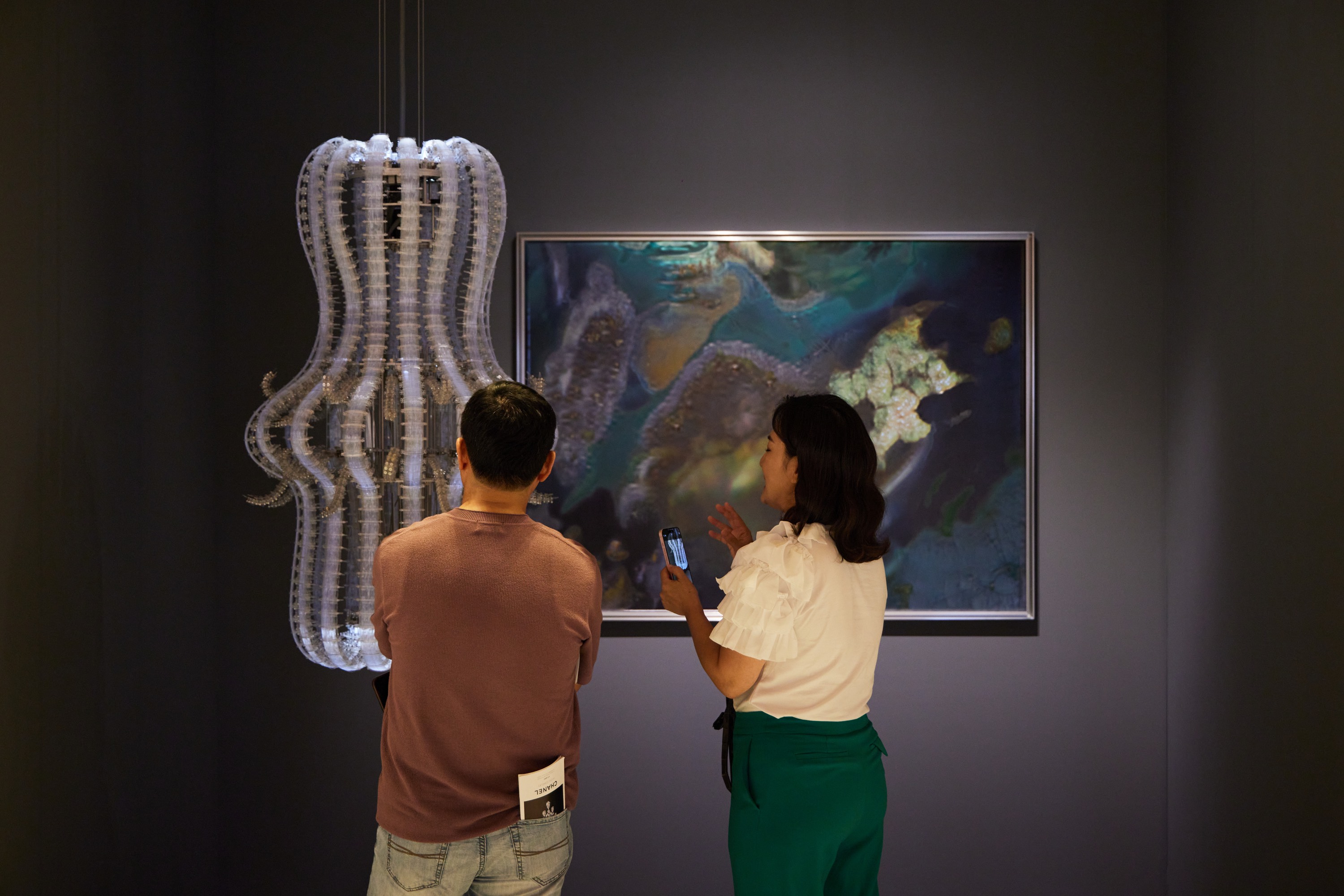
March, the Frieze Seoul and KIAF partnership appears to be establishing Seoul as a second major city in the art market of East Asia. CEO of Frieze, Simon Fox, told the Korean media that he would look to extend Frieze Seoul by a decade, two, or more, in a statement of the company’s long-term commitment beyond the initial five-year partnership with KIAF. Whether at home or abroad, then, with active governmental support and corporate sponsorship, the Korean art scene is proving to be a solid, still growing commercial destination for international dealers and collectors. The industry’s biggest liability, however, remains its culture of political partisanship and cutthroat competition, which can rapidly undercut productive collaborations and wipe out longer-term plans. But for now, Seoul’s spot in the Asian art market feels more solidified, albeit with more room for improvement, growth, and glamor ahead.
HG Masters is deputy editor at ArtAsiaPacific.







